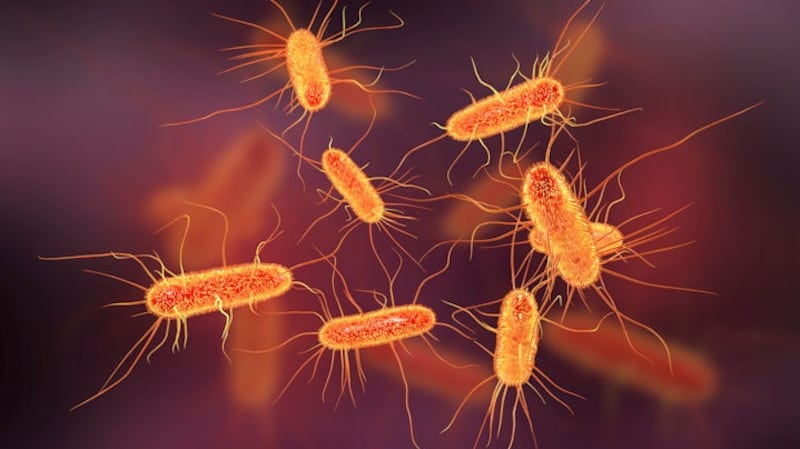A strain of E.coli that poses a serious risk to public health is being detected at Irish swimming spots deemed to be of good or excellent quality under European Union standards, scientists have warned.
Research published by NUI Galway’s Antimicrobial Resistance and Microbial Ecology group (ARME) indicates that widespread contamination of some recreational waters with the bacteria has persisted over several years.
The group has called for current EU bathing water-quality monitoring to be revised in light of levels of the pathogenic form of E.coli – Shiga-toxigenic E.coli (STEC), which can lead to potentially life-threatening infections in about 10 per cent of cases.

The team is scaling up its research in an attempt to identify the main problem areas in Ireland and is asking the public to take part in a survey with a view to building a picture of what is stopping people from bathing at certain locations.
ARME published analyses on 111 samples taken between 2016 and 2019 from 50 locations in Galway city and county, Cork city and county and Fingal in Co Dublin.
The bacteria was detected in 57 per cent of 84 sea waters where samples were collected, all of which are deemed of good or excellent quality based on current EU bathing water-monitoring criteria. STEC was also detected in 78 per cent of the 27 lake and river samples tested.
“The most recent bathing water quality data reports that 96 per cent of our identified natural bathing waters meets the minimum required standard,” Prof Dearbháile Morris said.
“However, our research revealed the presence of organisms of public-health concern in waters designated as of excellent quality in some cases.”
Serious illness
STEC is carried naturally by cattle and sheep and can survive in salt water. A microscopic quantity has the potential to do serious harm to humans. Ingestion can cause serious illness including bloody diarrhoea.
About 30 per cent of STEC cases require hospitalisation and about 10 per cent of those infected develop haemolytic uremic syndrome – a complication which can cause renal failure and be fatal.
Local authorities who test waters take small 10ml samples and deploy the Colilert indicator system, which detects the presence of bacteria such as E.coli. The researchers take 30-litre samples and test specifically for STEC.
Ireland has been shown to have the highest levels of the bug in bathing waters, 10 times above the EU average. The State ranked 22 out of 30 countries in 2019 for bathing water quality, with 73 per cent of swimming spots deemed of excellent quality.
The NUI Galway survey is part of the four-year Pier project (public-health impact of exposure to antibiotic resistance in recreational waters), funded by the Environmental Protection Agency. The survey is also seeking to identify the barriers and enablers for people's interaction with blue spaces – beaches, seas, lakes and rivers.
More details on the survey are available at www.nuigalway.ie/bluespaces/














